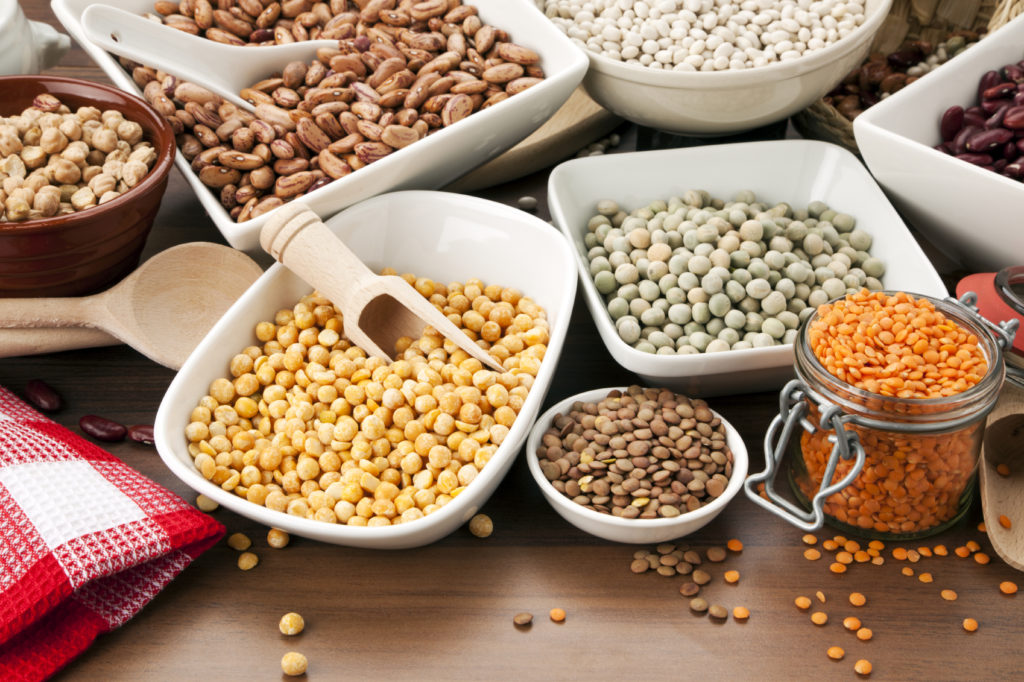November 14th is World Diabetes Day. To recognize this day, let’s explore the glycemic index!
The Glycemic index (GI) may sound complicated but it isn’t just for scientists. Including foods that have a low GI is good for health because it helps keep blood sugars steady. They can also be useful in preventing or managing diabetes and other health conditions. An added bonus is that low GI foods may help you feel full for longer.
So, how does it work? The GI ranks foods on a scale based on how quickly they enter the bloodstream after eating. Foods with a low GI raise blood sugars more slowly than those ranked medium and high. The standard reference for the scale is 100 (white bread and glucose). A food has a low GI if it has an index of 55 or less. A food has a high GI if it has an index of 70 or more.
Aim to include a low GI food at meals and snacks when possible. Most whole foods in the Vegetables & Fruit, Milk & Alternatives, and Meat & Alternatives food groups have a low GI. In the Grain Products food group, foods that are processed very little (including whole grains such as barley, steel cut oats, long grain brown rice, and buckwheat) also have a low GI.
For more information about overall nutrition and the food groups, check out FoodTrack: Check on Balance and Canada’s Food Guide. For more information about the GI, check out the Canadian Diabetes Association Glycemic Index Resource.

by Nicole Spencer, MEd, RD
References
- The Low GI Handbook: The New Glucose Revolution: Guide to the Long-term Health Benefits of Low GI Eating. Copyright © 2010 Da Capo Press.
- Canadian Diabetes Association. The Glycemic Index. (2012).



